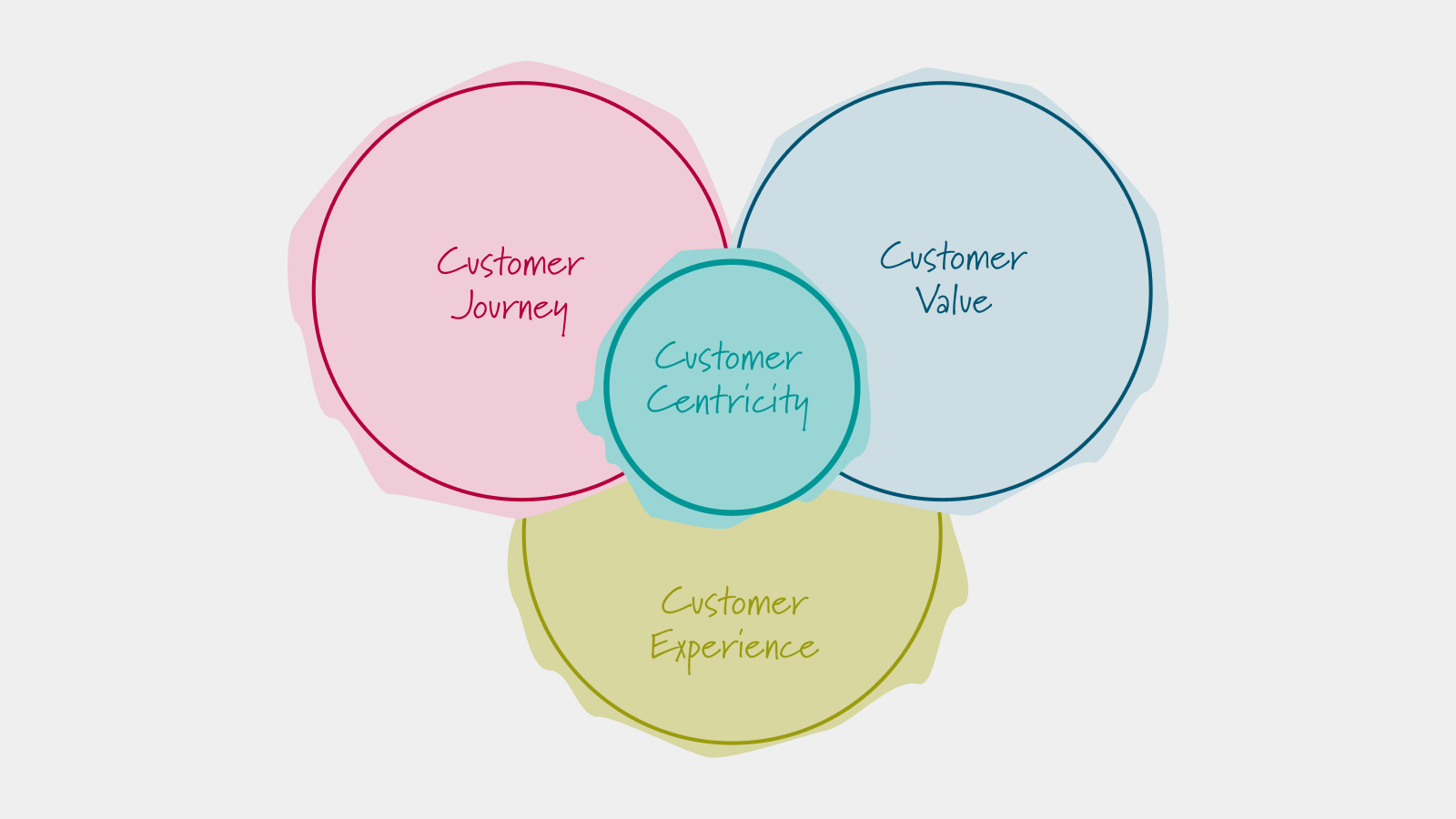
Value Network
A business model blueprint for professional service firms

Oliver Grasl
4.2.2013
An introduction of a business model blueprint for professional service firms
In this post, I discuss how to apply the generic business model blueprints to professional service firms.
I discussed the difference between the generic business model blueprint, industry-specific blueprints and company-specific blueprints in my posts on Prototyping Business Models And Market Strategies.
In order to illustrate how the generic business model blueprint can be applied to a specific industry, this post introduces the business model blueprint for the professional services industry.
The main reason why I have chosen professional service firms today is that I have worked with and built prototypes for a number of such firms in the past, mostly in the IT industry but also in the energy sector. If you are interested in seeing how this applied to a specific company (both at the abstract level as a conceptual business model and at the detailed level as a full business model prototype), check out my post on Key Performance Indicators in Professional Service Firms.
My favorite reading on professional service firms are the books by David Maister, the following definitions are from his book Managing the Professional Service Firm:
A professional service firm (PSF) is a firm in which professional skills form the basis of its offering to customers. Examples of such PSFs are lawyers, consultants and IT service firms.
Two aspects of professional work create the special management challenges of PSFs:
- Customization. Professional services require a high degree of customization, so that approaches from the industrial or mass consumer sectors, based on the standardization, supervision and marketing of repetitive tasks and products are difficult to apply.
- Client contact. Most professional services have a strong component of face-to-face interaction with the client.
In order to meet these challenges, a professional service firm must hire and retain highly skilled individuals, the firm’s talents. This means that the PSF must actively compete in two markets simultaneously: the product market for its services, and the factor market for its productive resources, the professional workforce.
These definitions give us a good understanding of what a professional service firm does, now we can start sketching its business model. The main objective at this point is to understand what the value network, transaction model and value logic of the professional firm look like. As illustrated in my post on the A Generic Business Model Blueprint, I like to use a visual modeling approach for this, but you could also use other approaches (such as Osterwalder’s business model canvas) at this stage.
When modeling business models I mostly start with the value network, then look at the transaction model before finishing with the value logic. But it is imperative to keep the approach iterative, so those insights gained while modeling the value logic and transaction model can flow back into the value network, so in client situations we find ourselves cycling through the steps at least two or three times before we feel the blueprints are “complete” enough to start building the concrete prototypes. Even then it is not uncommon to uncover new aspects while building the prototype that leads to changes to the initial blueprints.
The primary questions the value network should answer are:
- Which parties (customers, suppliers, business partners) do you deal with to ensure you can create value?
- Which channels do you need to maintain to communicate and exchange with these parties?
A good place to start to answer these questions for PSFs is the definition given by Maister: it is clear that the PSF needs customers, which are typically referred to as clients in this industry, and the PSF delivers consulting services to these clients. Depending on the type of PSF (e.g. IT services or strategy consulting) these services will be delivered in different ways, e.g. in IT services the ratio of face time work with the client to back-office work working on an IT system will be different from that of a strategy consulting firm where most of the work is done face-to-face with the customer. At a specific PSF, you will often find that you have different delivery channels according to client segments (or even individual clients), in which case you would need to add a party for each client segment with an individual delivery channel for each. Because we are dealing with a generic situation here it is enough to add a delivery channel to the diagram.
It is also clear from Maisters definition that the PSF is competing for talents in the factor market. Typically, a PSF will do this via a combination of three channels: one targeted directly at the talents (e.g. through the PSFs websites, through adverts in Magazines and on websites), one targeted at students via co-operations with universities and a third one via recruiting agencies. To maintain scalability PSFs often work with freelance consultants (especially in the IT services industry), so these recruiting agencies may supply both full-time and freelance talents.
My experience shows that PSFs often work together with preferred partners who complement their knowledge in one way or another, so we should add know-how partners to the value network.
Also, it is important to realize that selling professional services mostly takes place at a personal, face-to-face level. In order to generate new and interesting business opportunities and later support the sales process, PSFs maintain a network of business contacts (e.g. current and former clients, people working in relevant industries, alumni,…). We, therefore, add these to our value network and add a sales information channel (again bearing in mind that for a specific PSF there may be multiple groups of business contacts that are managed via corresponding channels)
Putting all this together we arrive at the following blueprint for the value network of a PSF. This blueprint is a good starting point for modeling a firm-specific value network.

Phew, we have covered quite a bit of ground again today and I think this is a good place to stop. In my Transaction Model, I will continue with the professional service firms transaction model.
Workshops
Resources
All Rights Reserved.





